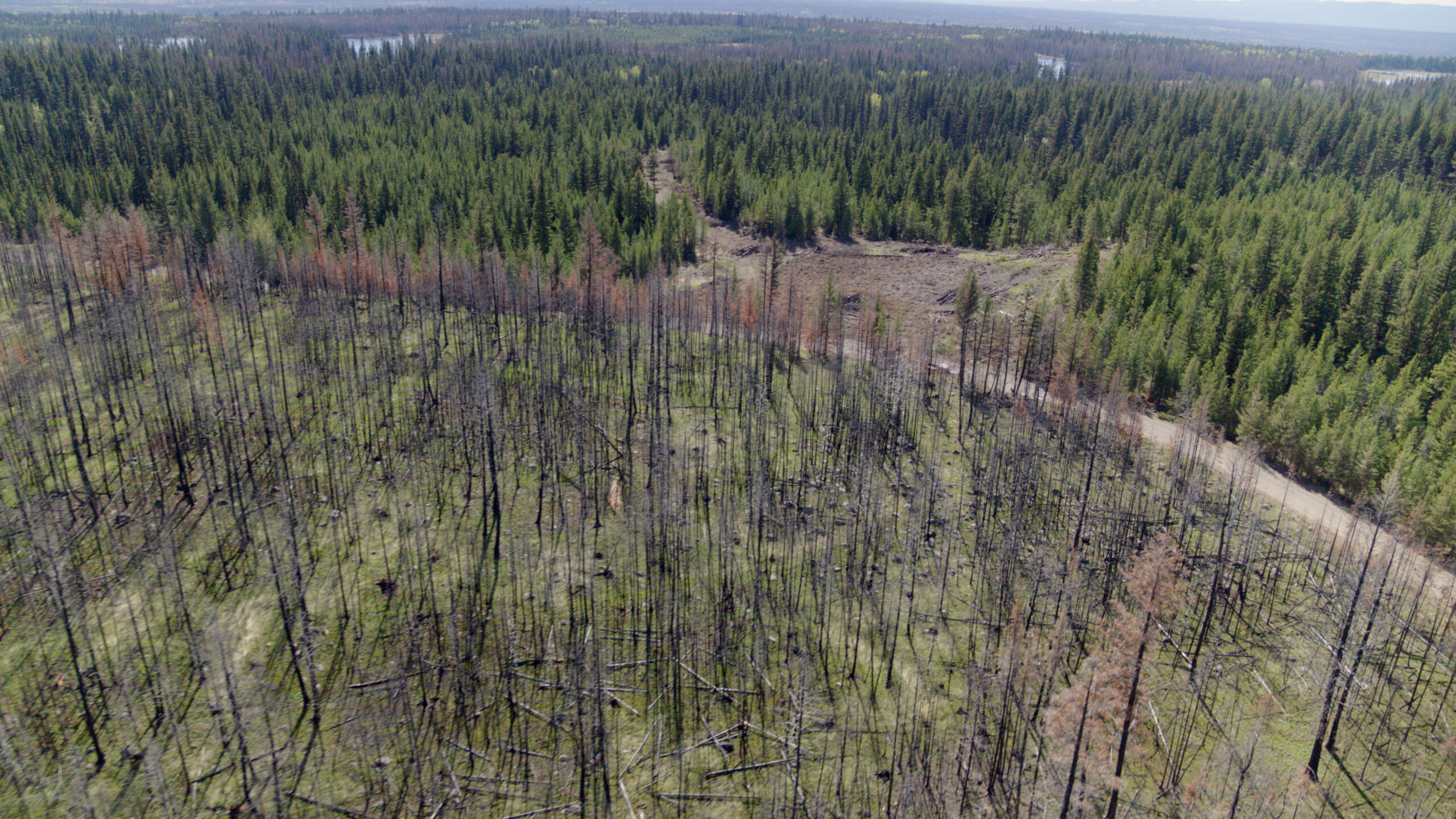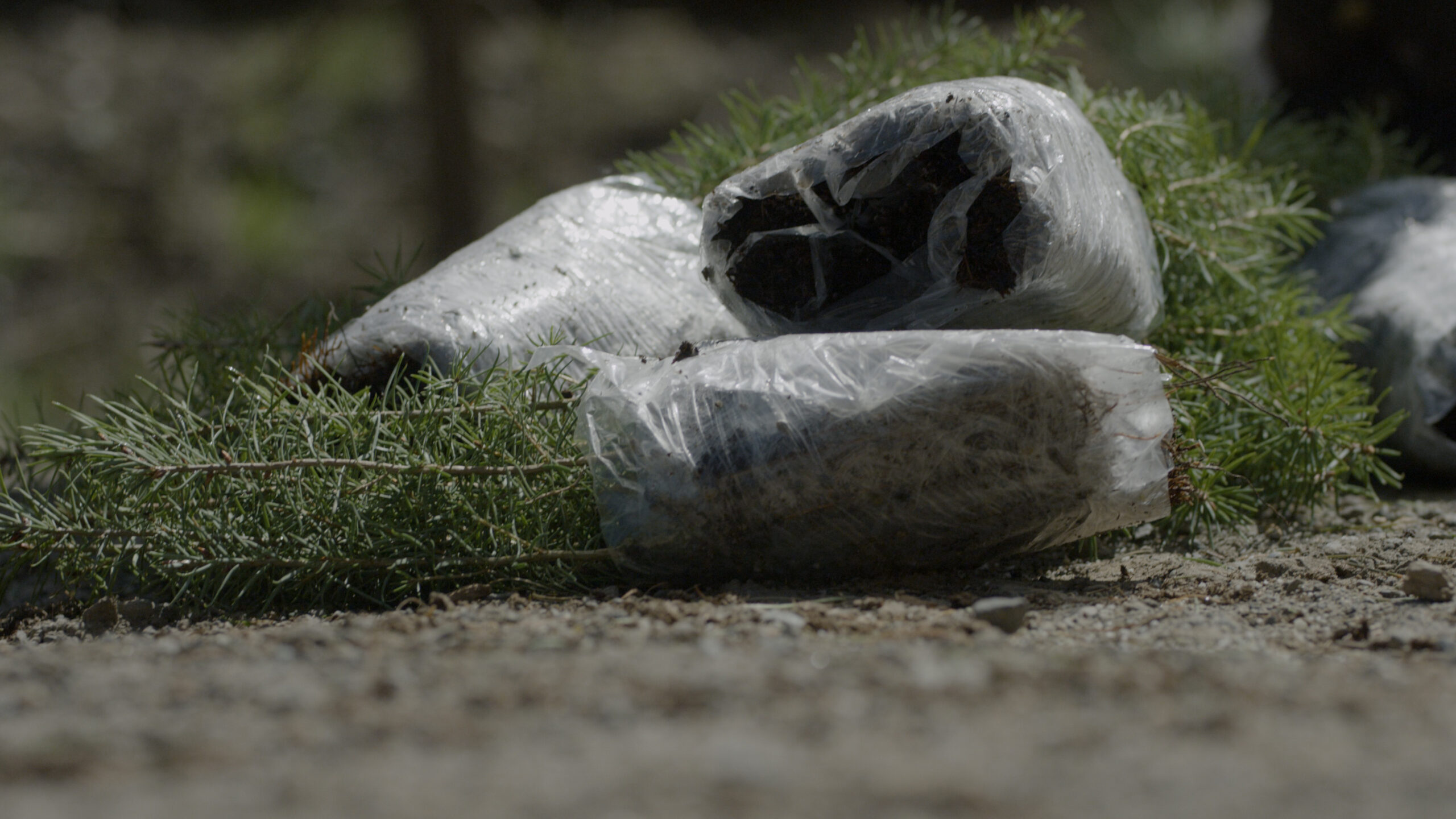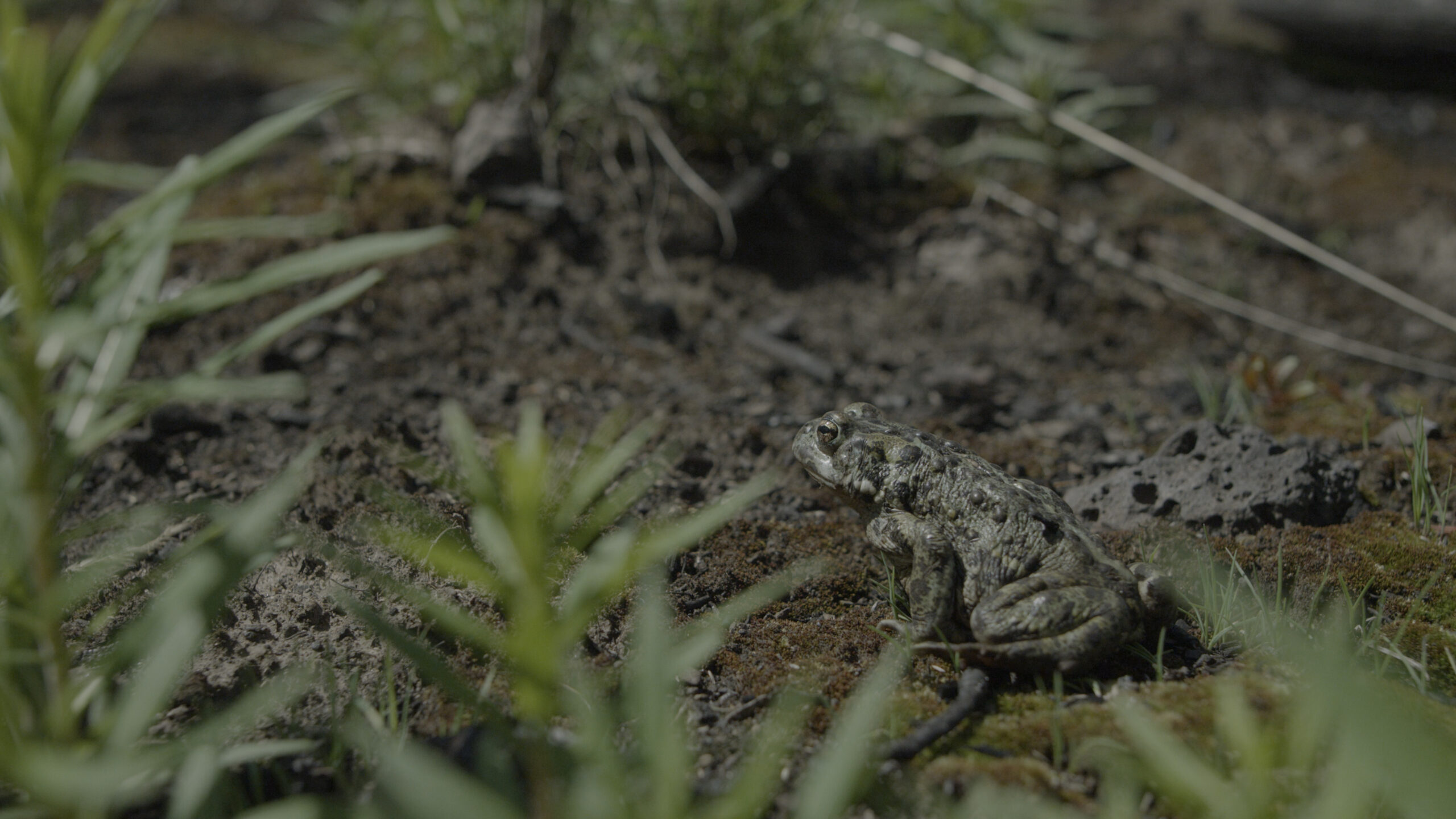Since 2021, the SRSS has planted more than 550,000 trees with WWF-Canada’s support, restoring more than 200 hectares of forest ecosystems impacted by the wildfires. Over the next two years, the SRSS will have planted one million trees, as part of their goal to be planting ten million trees per year by 2030.
The SRSS team has big plans for the project over the coming years. The SRSS plans to create its own seed collection program and contribute to an Indigenous-owned nursery that will collect and store the seeds needed for reforesting the Secwépemc territory. “Our goal is to have access to our seedlings, to have cold storage, and to have our own seed collection process so that we’re a one-stop shop, and we don’t need to look outside for access to the plants we need for restoration. That is our end goal, to be self-sufficient,” says Angela Kane.
Building capacity for an Indigenous owned-and-operated forest restoration program is a ground-breaking project that will set an example for the world about what can be done when Indigenous Peoples take the lead in implementing nature-based climate solutions. WWF-Canada is proud to support restoration and stewardship work in a way that also advances reconciliation.
This work is generously supported by Aviva Canada, Lowe’s, Natural Resources Canada, the Peter Gilgan Foundation and the Ronald S. Roadburg Foundation.




